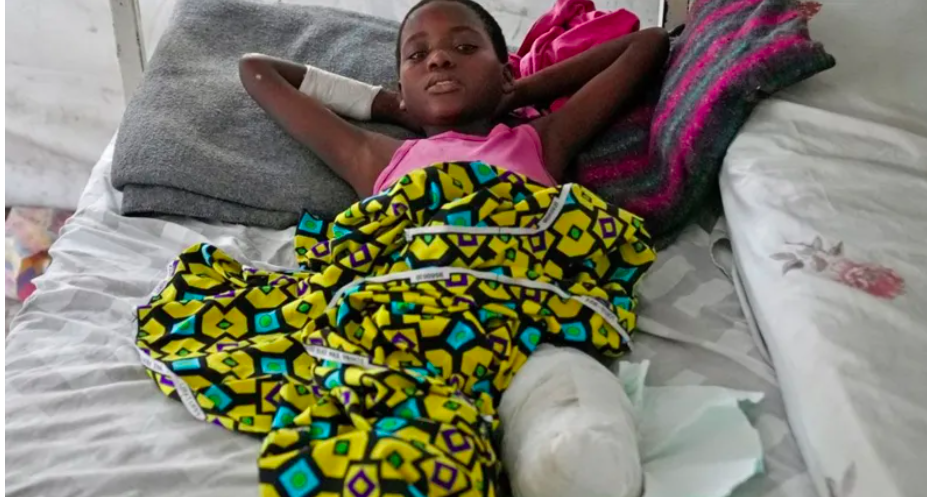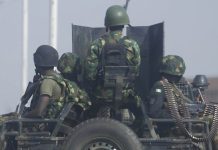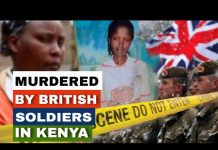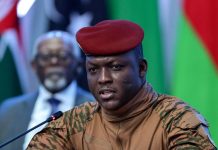
/
RSS Feed
In the war-torn city of Goma, eastern Democratic Republic of Congo (DRC), 13-year-old Heshima winces as he shifts on his hospital bed. His left leg is now a bandaged stump, his torso marred by burn scars, and his parents have been killed. A relative, Tantine, attributes their tragedy to the M23 rebels, a group reportedly backed by Rwanda, who have been battling the Congolese army (FARDC) and now control significant territories in this mineral-rich region bordering Rwanda.

















